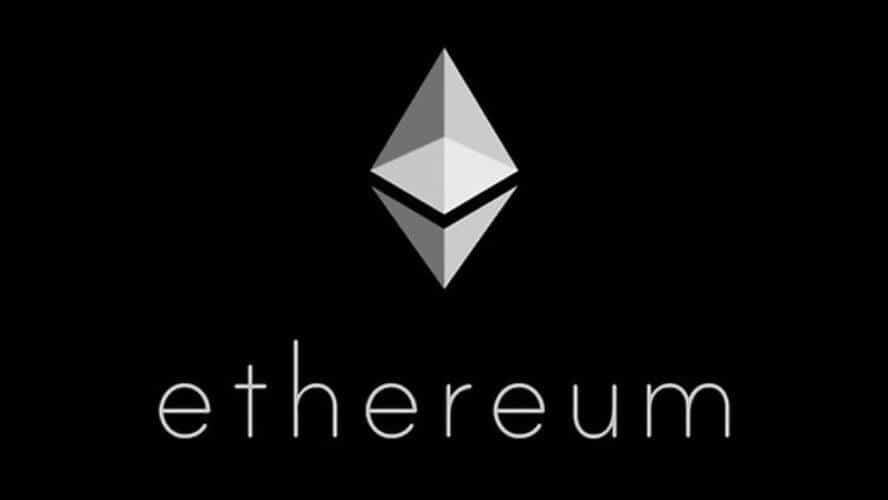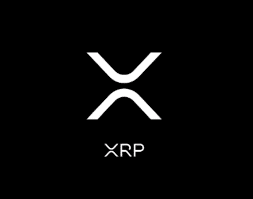Almost half of 2021 has elapsed, yet it has proven to be another eventful year for cryptocurrencies, both positively and negatively. Although crypto is still largely complex for laypeople and not widely used, it keeps getting more attention every day.
Bitcoin has by far been the most popular of them all and will probably continue in this trajectory for several years. However, for those in the know, numerous other projects have become more prominent than ever.
Many of these are structurally better than Bitcoin and will perhaps play an equally influential role in the future. This article will observe four of these with a brief overview of what each project aims to achieve.
Ethereum (ETH)
It’s very likely the second cryptocurrency the average person will have heard about after Bitcoin is Ethereum. While there has been a tug-of-war between the third and fourth positions of most traded digital assets, Ethereum has firmly held its place in the second spot for some years.

Technically, Ethereum has eight co-founders, though the man at the forefront is the Russian-American boy-genius Vitalik Buterin. Buterin authored the whitepaper for Ethereum when he was 19 in 2013.
He outlined his vision of a highly advanced application for cryptocurrencies beyond just acting as a medium of exchange. Specifically, Buterin imagined a platform allowing for the creation of decentralized programs (other cryptocurrencies, exchanges, wallets, non-fungible tokens, lending services, etc.) and smart contracts.
Despite being plagued with a few structural flaws and seeming too complex to understand, Ethereum’s influence is undeniable. Since launching in 2015, Ethereum has reached an all-time high value of $4356 as recently as May 2021.
While it has dipped back slightly at the time of writing, Ethereum’s vision is one of the grandest of them all in the industry.
Tether (USDT)
Tether is an interesting yet controversial inclusion in this list. It’s arguably as far-reaching as Ethereum and Bitcoin, solidly maintaining the third spot after both of these projects in market cap.

Tether essentially popularized the concept of stablecoins, an essential subset of cryptocurrencies currently dominating 9% of the entire market, according to CryptoSlate.
A stablecoin is a cryptocurrency designed to have a stable price by being pegged on a 1:1 basis with another currency, commodity, or an algorithmic form of collateral. In simpler terms, the value of Tether is more or less $1, where each Tether token (USDT) is meant to have one dollar in reserves.
Launched in 2014 by Tether Limited, the company has faced harsh criticism in recent history. These primarily stem from the organization’s supposed role in exploiting Bitcoin’s price and their failure to provide audits reflecting the real reserves backing the token.
Fortunately, Tether is not the only stablecoin. Users can look at other popular options like USD Coin, Binance USD, Dai, TrueUSD, etc. Stablecoins are essential mainly because they provide the benefits of a cryptocurrency that doesn’t fluctuate in price. They are also used with exchanges and platforms which do not accept fiat currency payments.
XRP (Ripple)

After Bitcoin and Ethereum, XRP has also been a prominent name in cryptocurrencies. While it’s only the seventh-most traded at the time of writing, XRP’s significance is undisputed. It is currently valued at $0.65 as of 29 June 2021 but recently reached a high of $1.92 for the first time in over three years.
Created by Ripple, the American-based fintech brand, the XRP blockchain has proven to be the much-needed answer to SWIFT. RippleNet, the platform for running the XRP token, allows for real-time, dirt-cheap, and ultra-fast transfers between large financial institutions. Digital currency is also transferable among ordinary users like other coins.
Co-founded by American business executives Jed McCaleb and Chris Larsen, Ripple was established in 2012. The idea for XRP began eight years earlier through the creation of a payment network known as RipplePay, which had similar goals to what we now know as the XRP token.
Developed by Ryan Fugger, the protocol ran for some time. In May 2011, McCaleb was creating a cryptocurrency and wished to integrate RipplePay. Along with eventual co-founder Chris Larsen, they formed Ripple Labs Inc. in September 2012, which saw XRP grow steadily in prominence over the years.
Boasting an impressive clientele that includes the likes of Standard Chartered, Santander, and Bank of America, Ripple looks to continue offering financial institutions a much faster and cheaper version of SWIFT.
Polkadot (DOT)

Polkadot is one of the more intricate projects to understand fully. Yet, it’s ranked ninth according to CoinMarketCap for most traded digital assets with a market cap of just under $1 million.
The cryptocurrency reached a value just shy of $50 in May 2021 but is now worth $14.38. Nonetheless, the rise of Polkadot has been stratospheric. We can best describe Polkadot as the internet for blockchains aiming to solve the problem of interoperability.
More specifically, it’s a scalable multi-chain platform permitting parallel blockchains (known as ‘parachains’) and oracles to connect and transfer data under one roof. Polkadot was founded by one of Ethereum’s co-founders, Gavin Wood, credited as one of the core developers for Solidity, Ethereum’s smart contract coding language.
DOT, Polkadot’s utility token, allows holders staking, governance, and bonding capabilities on the platform. Despite only formally launching in May 2020, Polkadot is a unique project with splendid ambitions experts believe rival its predecessor, Ethereum.
Final word
Most people only focus on Bitcoin, though it is only a precursor to all the cryptocurrencies that have spawned since. Bitcoin pioneered decentralization and blockchain technology, which has allowed for a variety of intriguing projects with real-world use cases solving real-world problems.



